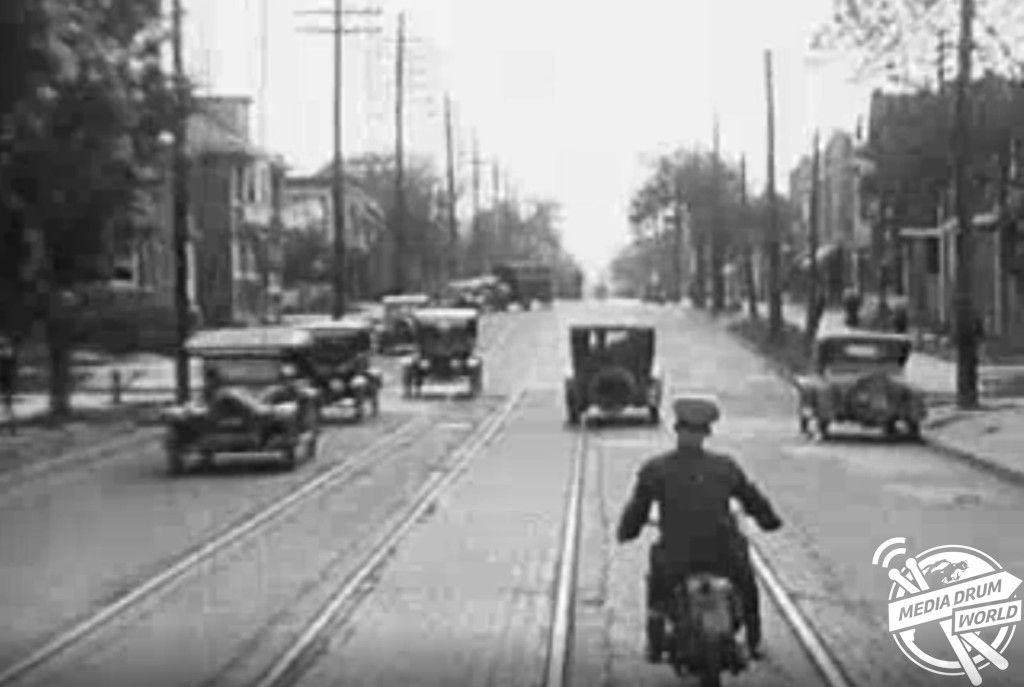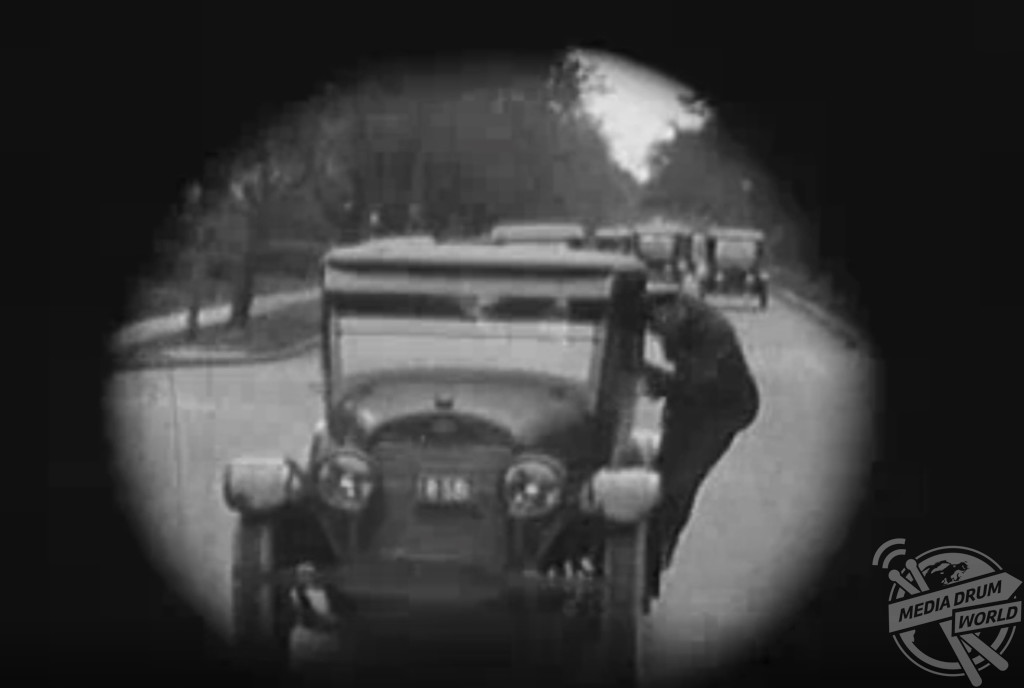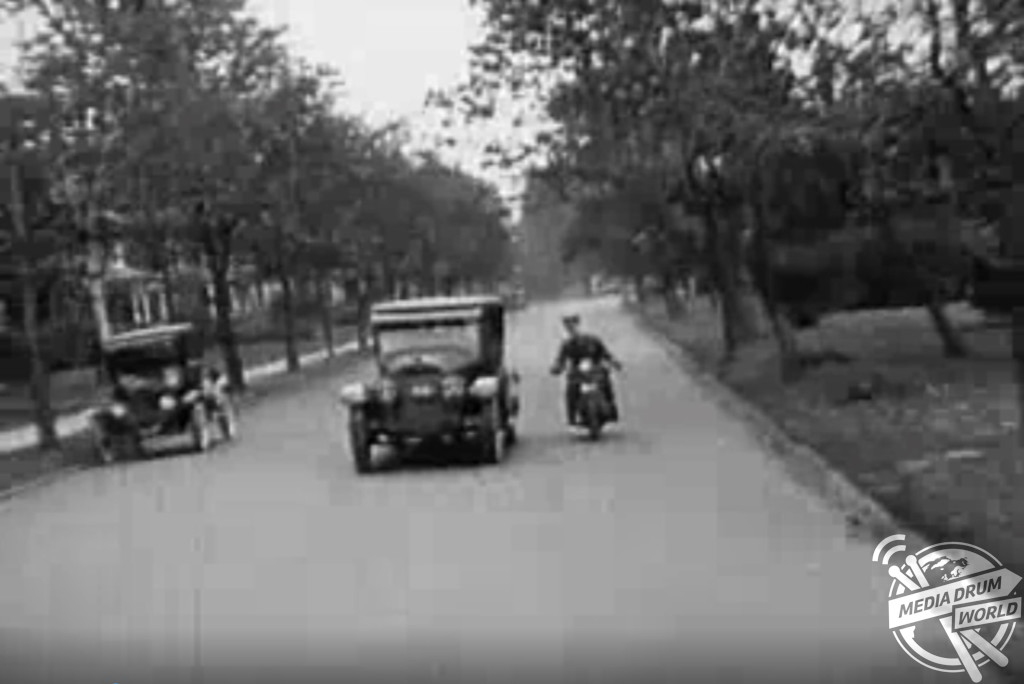By Tom Dare
A FASCINATING VIDEO from the early 20th century showing early police efforts at catching speeding motorists has remerged 100 years after it was first taken, shedding new light on the dangerous risks taken by officers in the line of duty.
The video, taken by the Detroit Police Force in 1918, shows how officers attempted to get to grips with the tide of new automobiles flooding the roads in the first twenty years of the 1900s.

In the footage, which features three separate incidents, an officer riding a motorcycle can be seen pursuing a motorcar as it breaks the speed limit. The officer then pulls up alongside the car, level with the driver side door, before jumping from his motorcycle onto the car. He then proceeds to lean through the open window of the car and shut off the engine before holding onto the door as the car comes to a complete stop.
The method was one of the earliest developed by the police force to help slow down reckless drivers who went over the speed limit. In the early 1900s there were no speed guns to measure the exact speed that a vehicle was doing and very few speedometers, with officers often having to rely on their own judgement to decide whether or not the car was breaking the speed limit.

This would usually entail an officer recording how long it took a vehicle to cover a certain distance, for example from one end of the street to the other. In the very early days before speedometers, in fact, police were considered to be expert witnesses in court. If they testified that someone was breaking the law, then their word was law, as there were no speedometers to prove otherwise.
The approach by law enforcement was the first innovation in policing this new mode of transportation which seemed to be sweeping the nation. Speaking in 1905 D. H. Morris, President of the Automobile Club of America, echoed the problem facing law enforcement at the turn of the century.

“At first we were looked upon merely as sporting enthusiasts — children with a toy,” he said.
“Legislators, though still attacking the great industry, do it timidly, for they are beginning to feel the power of the new force, the thousands of voters who own and are yet to own automobiles. We strive for the development of the automobile into a low-priced and perfected machine for the rapid and efficient transportation of man and merchandise, for the building and maintenance of good roads, for the enactment and enforcement of salutary and reasonable laws, for the carrying out of the Golden Rule of the road, and for the punishment of those offending the written and unwritten laws.”






